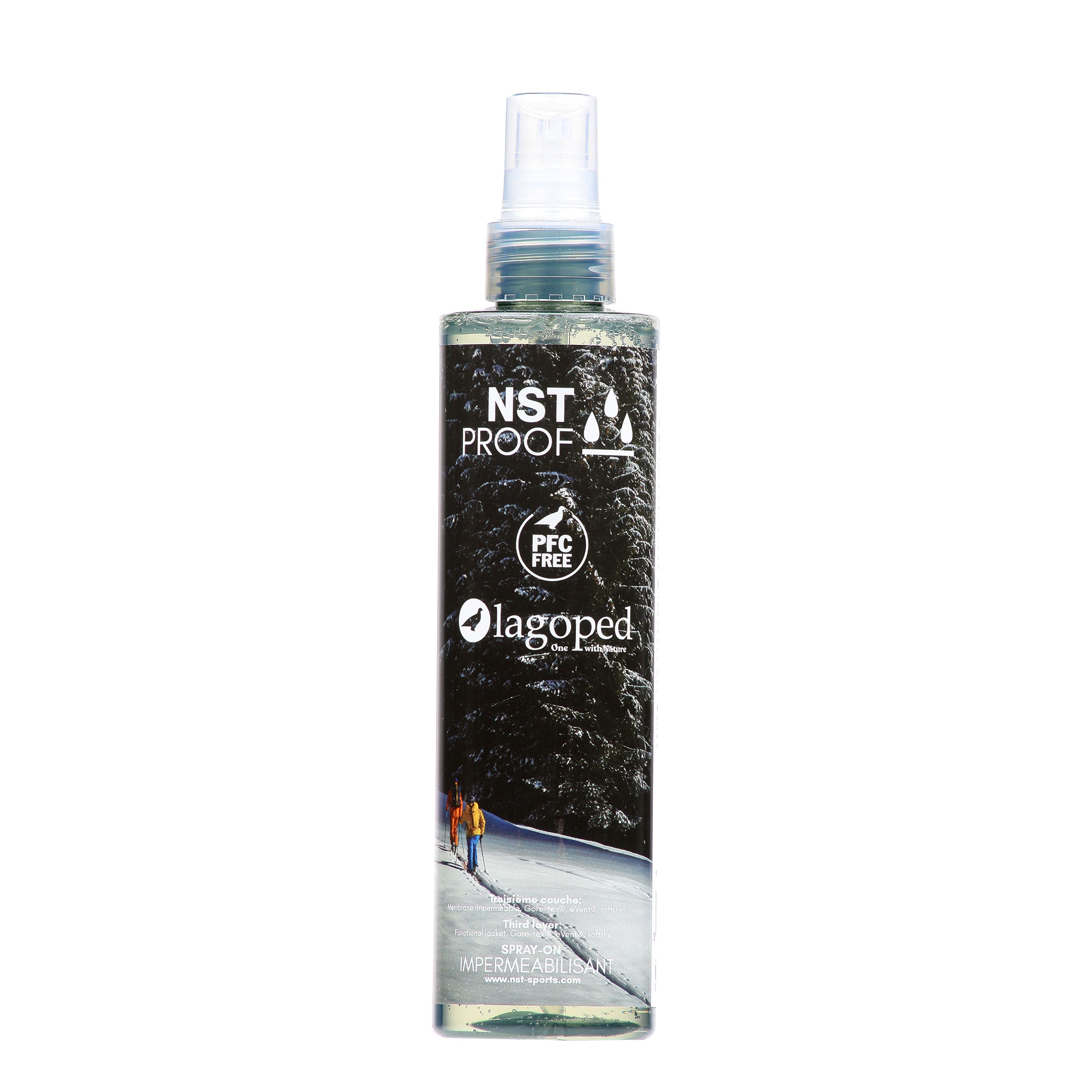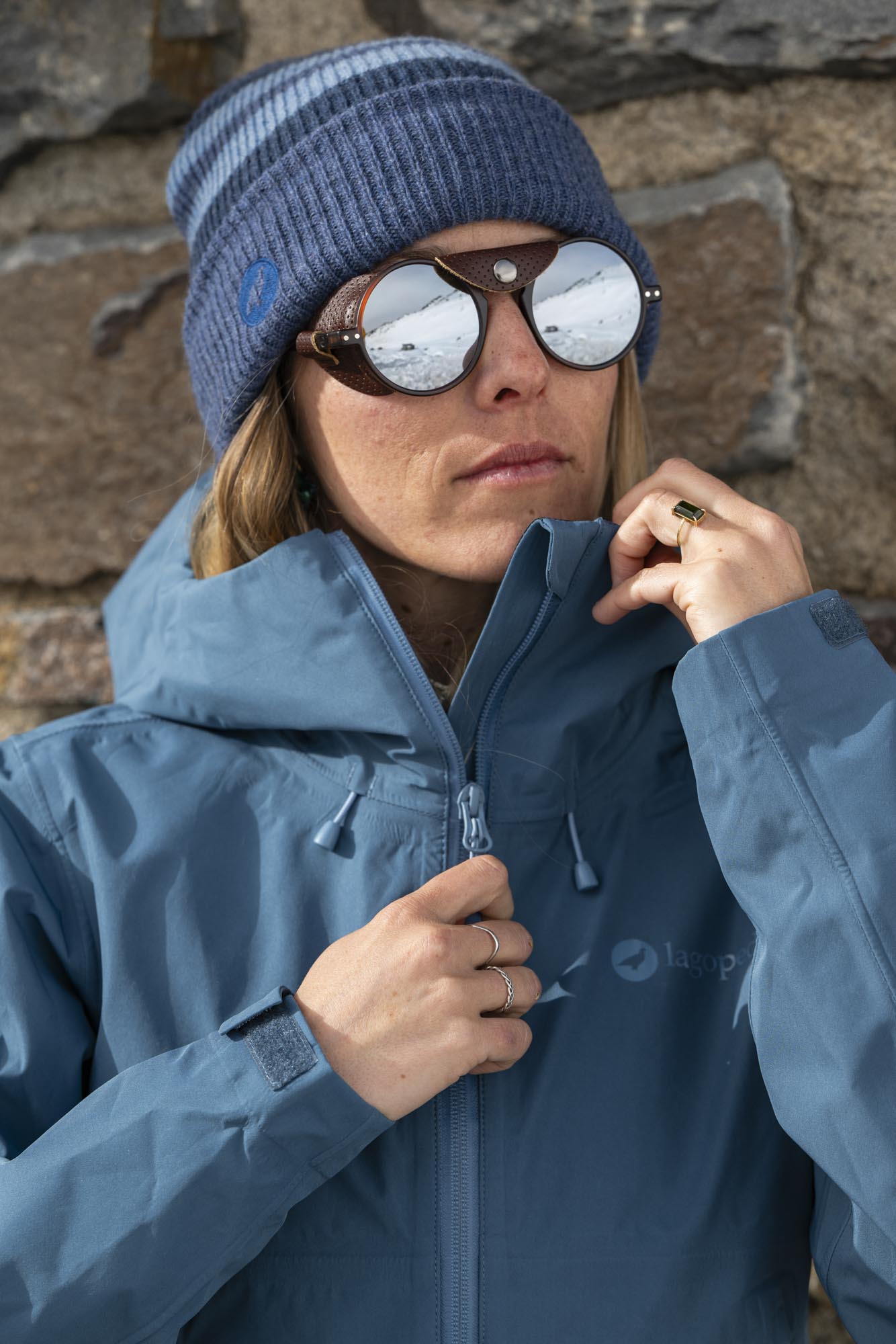Why source and manufacture our clothes in Europe?

European textile know-how
We chose a demanding approach in the European Union (EU) because it was important to us to promote the European economic and social model, a committed, united and virtuous ecosystem, with 450 million inhabitants who share a common project centered around individual freedom and equal rights.
The EU is also a driving force for the development of environmental standards globally with almost 20% of electricity coming from renewable sources in 2019 (Source: Eurostat ). And our entire ecosystem benefits.
One figure frightened us: the United Nations estimates that forced labor affects 152 million children worldwide (Source: International Labor Office) and countries and sectors at risk are monitored and documented (Source: 2020 list of goods produced by child labor or forced labor, Department of Labor USA ). Working in the EU seems to us to be a good way to significantly reduce the risk of being involved. This is valid for Lagoped and also for our customers.
Above all, manufacturing in Europe allows us to benefit from immense textile know-how. There are wonderful artisans and specialist manufacturers at the forefront of textile innovations who produce materials that the whole world envies.
OUR CUSTOMERS TAKE FULL BENEFIT FROM THIS HISTORICAL KNOW-HOW WITH HIGH TECHNICAL QUALITY CLOTHING, SUITABLE FOR THE PRACTICE OF ALL ACTIVITIES OF LIFE IN THE OUTDOOR, BECAUSE MOUNTAIN CULTURE IS ANCHORED IN EUROPEAN HISTORY, THE HISTORICAL CRADLE OF THE 'MOUNTAINEERING.

“Fair Trade” according to European standards
Working in Europe implies a more balanced sharing of value with all stakeholders involved. On a t-shirt sold, the difference between made in Asia and made in EU lies mainly in the sharing of the margin between the brand and the upstream part of manufacturing: the knitter and the manufacturing workshop.
The other parameters are not really negotiable: the store needs the necessary margin to pay its employees, its rents, insurance and charges. VAT is no longer negotiable. All that remains are the suppliers from whom we can ask for an effort or look elsewhere to find cheaper.
Today, a T-shirt made from “eco-responsible” materials is sold between €35 and €45 in stores. With EU manufacturing we cannot compete with the “first prices”. But we manage to stay within this range.
Our t-shirts are different. They are spun in Spain, knitted in France and assembled in Portugal. Choosing sourcing and manufacturing in the EU allows 15% of the value of the t-shirt to be transferred to the knitter and the workshop. In other words, we could gain 15% more by sourcing and manufacturing outside the EU. We are making this effort because we think it is fairer for our partners in the textile industry, for us, and for our customers.
FOR OUR CUSTOMERS, IT IS THE ASSURANCE OF FAIR REMUNERATION FOR THOSE WHO MADE THEIR GARMENT.

Know what we have on our backs
“Made in” is the most visible and best known part to the general public. It constitutes the final phase of garment assembly: in practice, a sewing workshop receives rolls of fabric and accessories, cuts according to the pattern provided (the equivalent of plans for a house) and assembles the final garment. This final phase of “made in” is the visible part of the iceberg of clothing manufacturing but it only concerns 8% of the impact on the environment ( source Measuring Fashion, Quantis 2018 ).
The invisible part of the iceberg represents 92% of the impact that is generated upstream of this final phase. This is what we call “sourcing” in textile jargon. You have to make the fibers then the yarn, then comes the weaving/knitting (the rolls) and finally the dyeing and finishes (washes and water-repellents for example).
Taking a cinematic image, “Made in” corresponds to the last 8 minutes of a 2 hour film. It seemed difficult to follow the story well if we missed the preceding one hour and fifty-two minutes. We carry out sourcing and assembly in the EU in order to maintain better control over the entire duration of the film and all environmental impacts.
In order to improve traceability, we use materials manufactured in the EU from the wire (France, Italy, Spain, Slovenia). Being involved in all stages of fabric manufacturing allows us to make the right choices at each stage. Our suppliers share our approach: they are transparent and give us all the information about their own suppliers.
WE ARE THE ONLY OUTDOOR BRAND THAT PUTS THE CUSTOMER IN DIRECT CONNECTION WITH EVERYONE FROM THE YARN TO THE FINAL GARMENT. WE ARE THE UNION AND YOU FINALLY KNOW WHAT YOU HAVE ON YOUR BACK.






